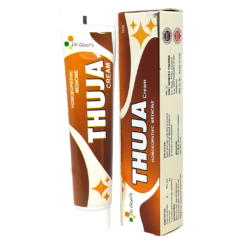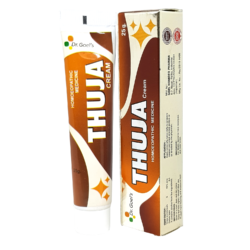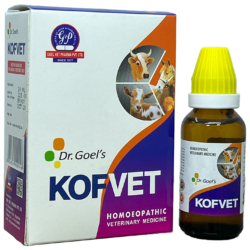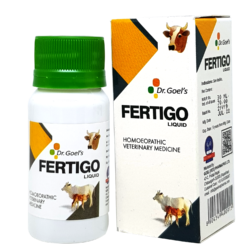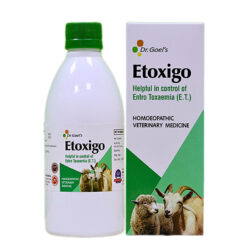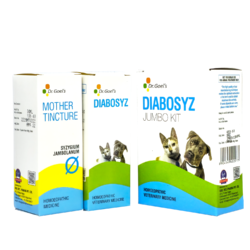Using Keywords to Boost Website Traffic and User Engagement
Using keywords effectively is one of the most powerful strategies to enhance both website traffic and user engagement. By strategically selecting and placing keywords throughout your website content, you help search engines understand your site’s relevance to users’ search queries, which improves your rankings. Higher rankings mean increased visibility, leading to more organic traffic. Additionally, well-chosen keywords resonate with your target audience, encouraging them to stay longer, interact more, and ultimately convert into loyal customers. This article explores how to leverage keywords properly to maximize website performance and user satisfaction.
The Importance of Keyword Research in SEO
Before you can use keywords to improve your website, thorough keyword research is vital. Keyword research involves identifying the words and phrases your target audience types into search engines. This process helps uncover popular search terms, long-tail keywords, and niche phrases that are easier to rank for. Tools like Google Keyword Planner, SEMrush, or Ahrefs can assist in this process by providing data on search volume, competition, and user intent. Effective keyword research ensures you focus on terms that not only bring volume but also bring qualified visitors interested in your content or products. Ignoring this step can result in wasted efforts targeting irrelevant or overly competitive keywords, leading to poor traffic and low engagement.
How to Conduct Keyword Research
Conducting keyword research may seem complex, but it can be broken down into manageable steps that guide your overall SEO strategy. Follow this numbered list approach to build a strong keyword foundation: glory casino
- Identify your audience – Understand their needs, interests, and pain points.
- Brainstorm seed keywords – Start with broad themes related to your niche.
- Use keyword tools – Get data on search volumes and competition.
- Analyze competitors – See which keywords your competitors rank for and identify gaps you can exploit.
- Refine your list – Select keywords based on relevance, search intent, and ranking difficulty.
- Group keywords by topic – This helps you structure your content effectively.
By systematically following these steps, you ensure your keyword selection is aligned with your audience’s actual search behavior.
Optimizing Content with Keywords for Better Engagement
Simply inserting keywords into your content is not enough; how you optimize the content around these keywords significantly impacts user engagement. Keywords should be placed naturally within high-quality, informative, and valuable content that addresses the users’ search intent. Strategic placement areas include the title tag, meta description, headers, URL, and throughout the body text, but overstuffing keywords leads to penalties and poor readability. Engaging content that satisfies search queries enhances user experience and reduces bounce rates, while also encouraging shares and backlinks. Remember, search engines prioritize content that users find helpful and relevant, so your keyword usage must support the overall value of your information.
Leveraging Long-Tail Keywords to Attract Targeted Visitors
Long-tail keywords are longer, more specific keyword phrases that usually have lower search volumes but higher conversion potential. For example, instead of targeting “shoes,” a long-tail keyword might be “best running shoes for flat feet.” Using long-tail keywords helps attract visitors who have a clear intent and are closer to making a decision, increasing the likelihood of engagement and conversions. Because these keywords face less competition, it’s easier to rank higher on search engine results pages (SERPs). Incorporating long-tail keywords into blog posts, FAQs, and product descriptions helps capture niche markets and provides an excellent opportunity for driving quality traffic to your website.
Using Keywords to Enhance Internal Linking and Navigation
Keywords also play a crucial role in optimizing your website’s internal linking structure and navigation. When you use descriptive anchor texts that include relevant keywords, you help both users and search engines understand the context of linked pages. Effective internal linking boosts page authority, distributes link equity, and guides visitors through your site logically, enhancing user experience. For example, linking a keyword phrase like “content marketing strategies” to a detailed blog post with that topic helps keep users engaged and encourages deeper exploration. Well-planned keyword-driven internal links increase session duration and reduce bounce rates, which are indicators of strong user engagement for search engines.
Measuring the Impact of Keywords on Traffic and Engagement
After implementing your keyword strategy, it’s essential to measure its impact to ensure continued improvement. Key performance indicators (KPIs) such as organic traffic, bounce rate, average session duration, pages per session, and conversion rates help evaluate how effectively your keywords are driving engagement. Tools like Google Analytics and Google Search Console provide detailed insights into keyword rankings, click-through rates, and user behavior. Regularly analyzing this data allows you to fine-tune your keyword strategy, identifying which keywords bring valuable visitors and which need optimization. Monitoring keyword performance ensures you allocate resources efficiently and sustain steady growth in both traffic and engagement.
Conclusion
Using keywords strategically is fundamental to boosting website traffic and user engagement. From thorough keyword research and careful content optimization to leveraging long-tail keywords and enhancing internal linking, every step plays a key role in improving your SEO performance. Proper keyword placement attracts qualified visitors who find your content relevant and valuable, resulting in longer sessions, repeat visits, and higher conversions. Additionally, measuring the effectiveness of your keyword usage lets you adapt and improve over time. Implementing these keyword strategies will create a strong foundation for your website’s online success, driving both visibility and meaningful interactions with your audience.
FAQs
1. How often should I perform keyword research?
Keyword research should be an ongoing process. At minimum, review your keywords every 3 to 6 months to adapt to changing trends, search volumes, and user behavior. Frequent updates help you stay competitive and relevant.
2. Can I use the same keywords repeatedly across multiple pages?
While it’s okay to target similar keywords on related pages, avoid keyword cannibalization, where multiple pages compete for the same term. Instead, differentiate keywords by focus and intent to rank effectively for broader search queries.
3. What is the difference between short-tail and long-tail keywords?
Short-tail keywords are broad and general (e.g., “shoes”), often with high competition and volume. Long-tail keywords are more specific phrases (e.g., “best running shoes for flat feet”), generally with lower volume but higher intent and conversion potential.
4. How many keywords should I include in a blog post?
Focus on 1-3 primary keywords per blog post, complemented by a few related secondary keywords. This balance supports SEO without keyword stuffing, maintaining natural and engaging content.
5. Do keywords still matter for voice search?
Yes, but voice search queries tend to be more conversational and question-based. Incorporating natural language and question keywords can help optimize for voice search traffic.
 Australian Shepherd
Australian Shepherd Beagle
Beagle Belgium Shepherd
Belgium Shepherd Bernese Mountain Dog
Bernese Mountain Dog Border Collie
Border Collie Boxer
Boxer Bulldog
Bulldog Cavalier King Charles Spaniel
Cavalier King Charles Spaniel Chihuahua
Chihuahua Cocker Spaniel
Cocker Spaniel Dachshund
Dachshund Doberman Pinscher
Doberman Pinscher Dogo Argentino
Dogo Argentino French Bulldog
French Bulldog German Shepherd
German Shepherd Golden Retriever
Golden Retriever Great Dane
Great Dane Himalayan Shepherd
Himalayan Shepherd Indie Dogs
Indie Dogs Labrador Retriever
Labrador Retriever Pakistani Bully
Pakistani Bully Pembroke Welsh Corgi
Pembroke Welsh Corgi Pitbull
Pitbull Pomeranian
Pomeranian Poodle
Poodle Pug
Pug Rottweiler
Rottweiler Shih Tzu
Shih Tzu Siberian Husky
Siberian Husky Yorkshire Terrier
Yorkshire Terrier Australian Shepherd
Australian Shepherd Beagle
Beagle Belgium Shepherd
Belgium Shepherd Bernese Mountain Dog
Bernese Mountain Dog Border Collie
Border Collie Boxer
Boxer Bulldog
Bulldog Cavalier King Charles Spaniel
Cavalier King Charles Spaniel Chihuahua
Chihuahua Cocker Spaniel
Cocker Spaniel Dachshund
Dachshund Doberman Pinscher
Doberman Pinscher Dogo Argentino
Dogo Argentino French Bulldog
French Bulldog German Shepherd
German Shepherd Golden Retriever
Golden Retriever Great Dane
Great Dane Himalayan Shepherd
Himalayan Shepherd Indie Dogs
Indie Dogs Labrador Retriever
Labrador Retriever Pakistani Bully
Pakistani Bully Pembroke Welsh Corgi
Pembroke Welsh Corgi Pitbull
Pitbull Pomeranian
Pomeranian Poodle
Poodle Pug
Pug Rottweiler
Rottweiler Shih Tzu
Shih Tzu Siberian Husky
Siberian Husky Yorkshire Terrier
Yorkshire Terrier Abyssinian
Abyssinian American Bobtail
American Bobtail American Shorthair
American Shorthair Balinese Cat
Balinese Cat Bengal Cat
Bengal Cat Birman
Birman Bombay Cat
Bombay Cat British Longhair
British Longhair British Shorthair
British Shorthair Burmese Cat
Burmese Cat Devon Rex
Devon Rex Exotic Shorthair
Exotic Shorthair Himalayan Cat
Himalayan Cat Maine Coon
Maine Coon Oriental Shorthair
Oriental Shorthair Persian Cats
Persian Cats Ragdoll
Ragdoll Scottish Fold
Scottish Fold Siamese Cat
Siamese Cat Siberian Cat
Siberian Cat Sphynx Cat
Sphynx Cat




































